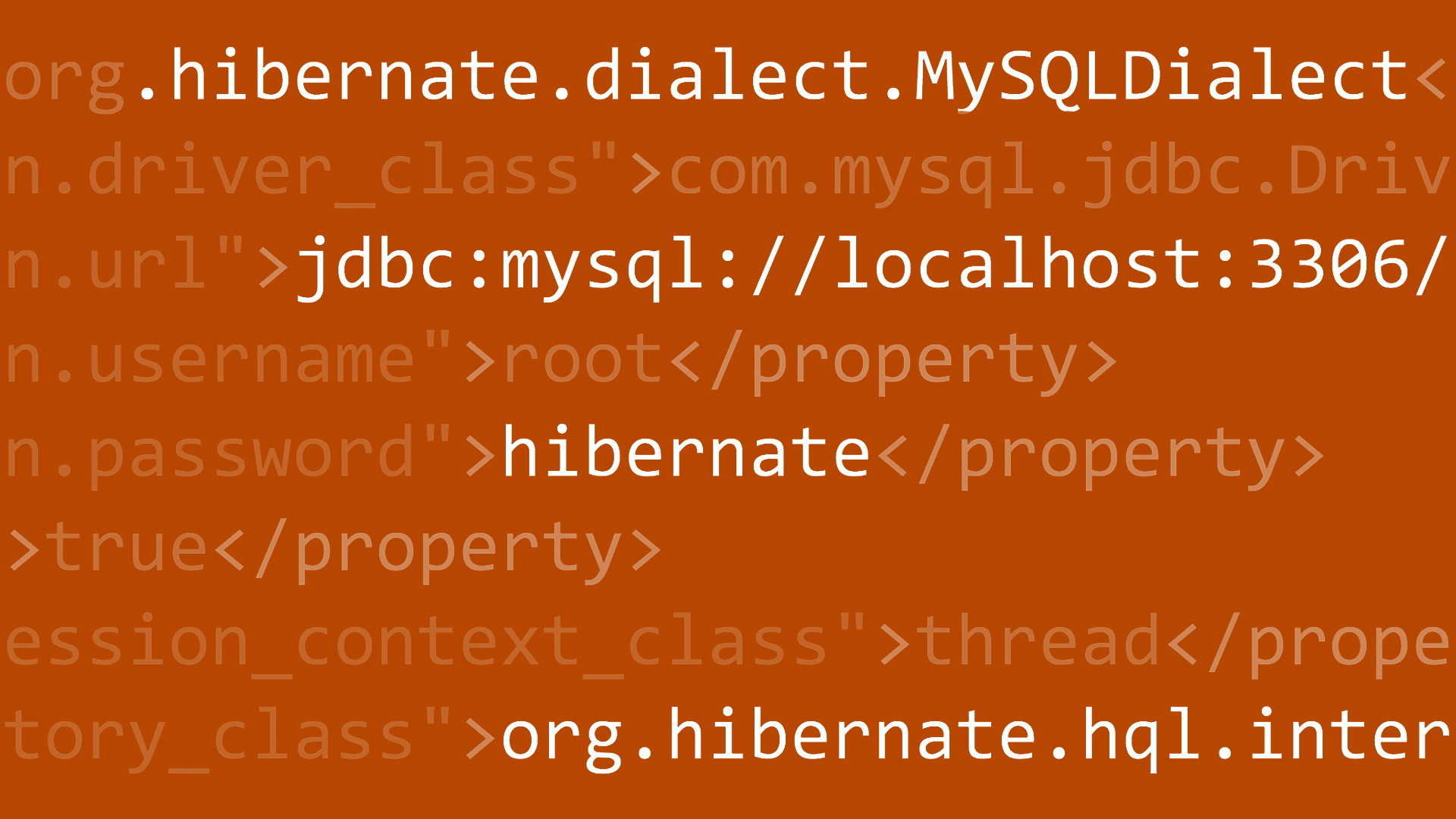
Working with both object-oriented software and relational databases can be time consuming. Due to a paradigm mismatch between how data is represented in objects (which are usually nonscalar values) versus relational databases (where scalar values are organized in tables) development costs are significantly higher. When you have to deal with object and relational models that don't play well together, the Hibernate ORM (object-relational mapping) solution for Java environments can help to provide persistent data that you can store and retrieve at a later time. Unlike Enterprise JavaBeans, this framework provides good persistence capabilities by simplifying the task of database operations in Java, allowing you to concentrate on enforcing business application logic instead of having to worry about table relationships and data integrity rules. Join staff instructor and Java expert Peggy Fisher as she explores how Hibernate works, as well as how to install, set up, and use this framework.
Topics include:
- Installing Hibernate
- Adding a database connection for a project in NetBeans
- Setting up the configuration file
- Reverse engineering to discover object details
- Mapping the database to Java objects
- Saving, updating, and deleting an object
- Retrieving objects
- Using the CriteriaQuery
- Using HQL and native SQL queries
- Using aggregate methods in HQL
Ce cours n´est disponible qu´en anglais. Si ce n´est pas un problème pour vous, soumettez votre demande.
This course is in French only. If this is not a problem for you, by all means go ahead and apply.
